Creating fully autonomous shipping fleets promises to revolutionize the maritime industry, but it’s not without its challenges. From technical limitations to regulatory hurdles, numerous obstacles stand in the way of widespread adoption. These barriers need to be addressed before autonomous vessels can operate safely and efficiently on a global scale. Here are 17 key challenges that the industry must overcome.
Contents
Complex Regulatory Frameworks

The shipping industry must navigate an intricate web of national and international regulations. Existing laws, designed for human-operated ships, don’t yet fully accommodate autonomous vessels. With different countries enforcing varying standards, achieving global compliance is a significant challenge. The International Maritime Organization (IMO) has begun working on guidelines, but progress remains slow.
Lack of Standardization
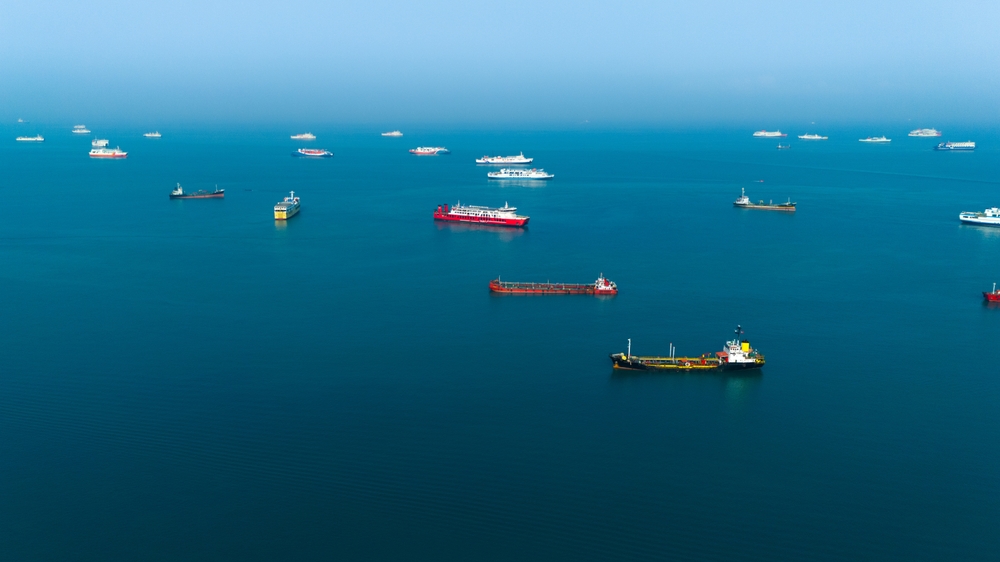
Currently, there is no universal standard governing the integration of autonomous technology in shipping. Different developers and manufacturers may create systems that aren’t compatible with each other, leading to inefficiencies. This lack of standardization hinders not only the operational coordination of ships but also regulatory approvals. Without a unified approach, the path to full autonomy becomes far more complicated. It is essential that the industry collaborates to develop common guidelines.
High Initial Investment Costs

The cost of upgrading a fleet to full autonomy is substantial. Shipowners must invest heavily in advanced sensors, artificial intelligence systems, and enhanced communication tools. Retrofitting older ships can be especially costly, making it a financially risky endeavor for many companies. Moreover, the return on investment may not be immediate, further discouraging rapid adoption.
Cybersecurity Threats
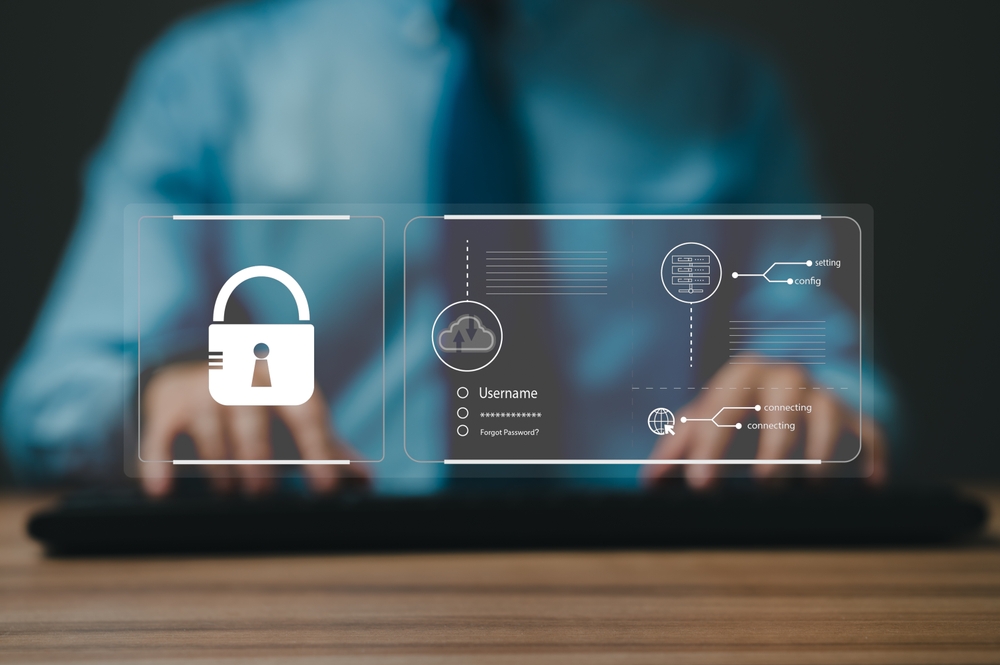
Autonomous ships rely on advanced digital systems, making them vulnerable to cyberattacks. Hackers could exploit these systems to manipulate navigation or even take control of the vessel. With global trade at stake, securing these networks is paramount. However, ensuring airtight cybersecurity adds another layer of complexity and cost to the project. Without adequate protection, the risks could outweigh the benefits of autonomous shipping.
Limited AI Capabilities in Unpredictable Environments
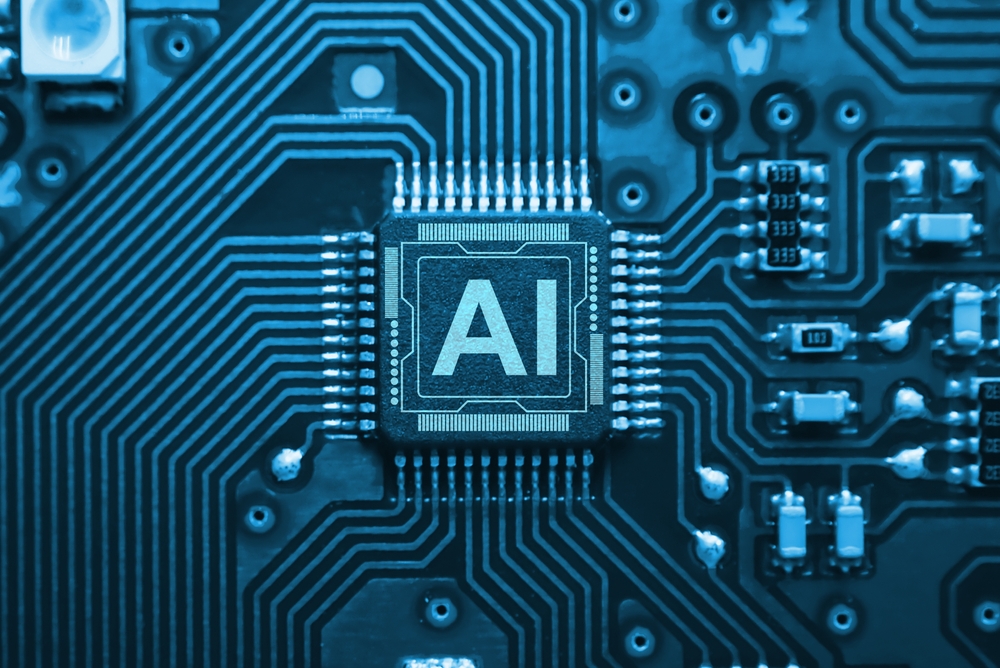
Artificial intelligence systems in autonomous ships still struggle with complex maritime environments. Weather conditions, shifting sea states, and unexpected obstacles require quick decision-making that AI isn’t yet fully capable of handling. While human crews rely on intuition and experience to adapt, autonomous systems may falter in such scenarios. This technological gap limits the reliability of autonomous ships, especially in rough or unpredictable waters.
Insufficient Communication Infrastructure
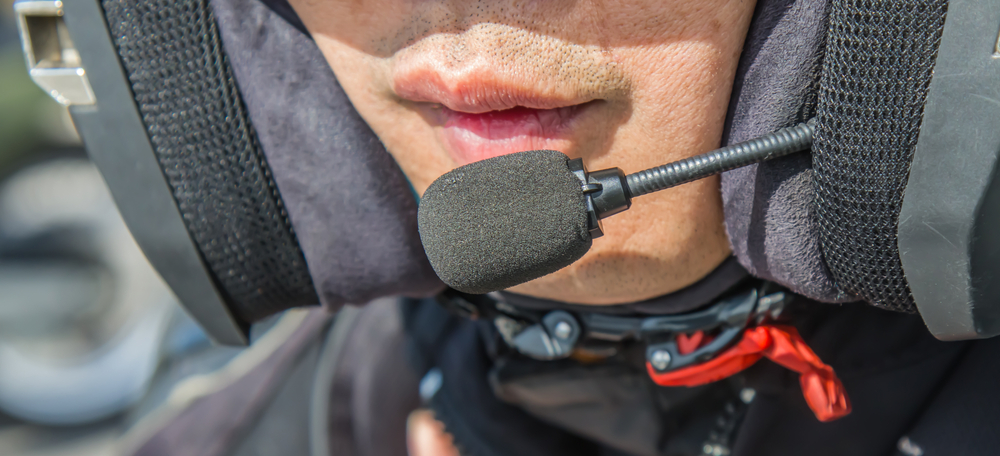
Fully autonomous ships depend on constant communication with shore control and other vessels. In remote areas of the ocean, communication networks can be weak or unreliable, impeding real-time decision-making. Satellite systems provide some coverage, but high latency can slow down vital actions. Improving global maritime communication is essential, but it will require a significant investment in infrastructure to overcome these challenges.
Human Job Displacement Concerns

The automation of shipping fleets threatens to displace a significant number of maritime workers. Engineers, captains, and crew members could all face unemployment as autonomous technology advances. Unions and governments may resist this change to protect these jobs, creating an additional barrier to implementation. Beyond economic concerns, there are ethical considerations surrounding the loss of human expertise that has guided the industry for centuries.
Liability and Insurance Issues

In the event of an accident involving an autonomous ship, determining liability is complicated. Should the manufacturer, the shipowner, or the software developer be held responsible? Current legal frameworks aren’t designed to address such questions. Additionally, insurance companies may be hesitant to cover autonomous ships without clear liability regulations.
Environmental Impact of Autonomous Technology
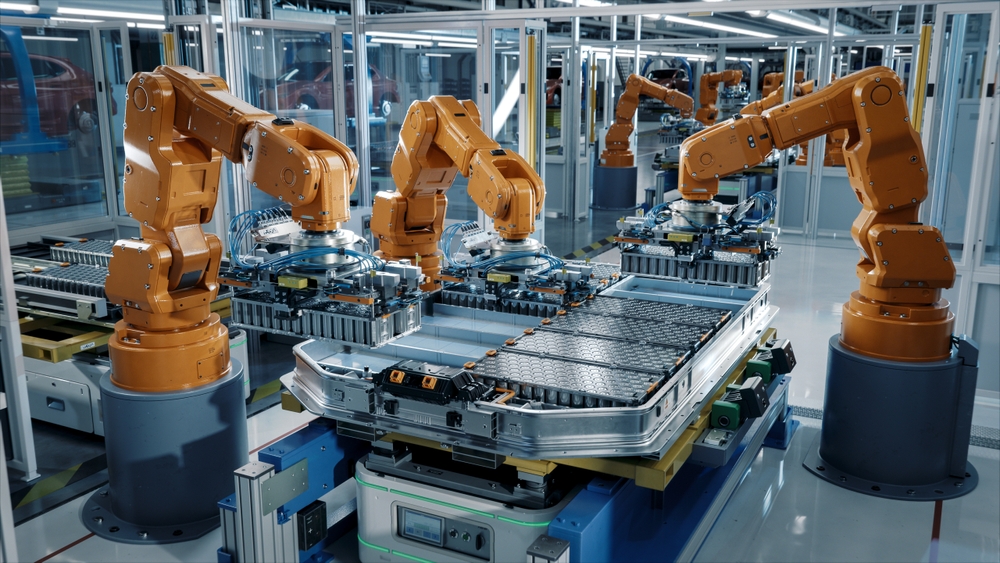
Although autonomous ships could improve fuel efficiency, the development of such technologies might bring new environmental concerns. Manufacturing sensors, AI systems, and other components involves resource-intensive processes. Moreover, some worry about the long-term impact of these technologies on marine ecosystems. Balancing the potential environmental benefits with the risks posed by autonomous systems is an important challenge that needs careful consideration.
Technical Failures and Redundancy Systems
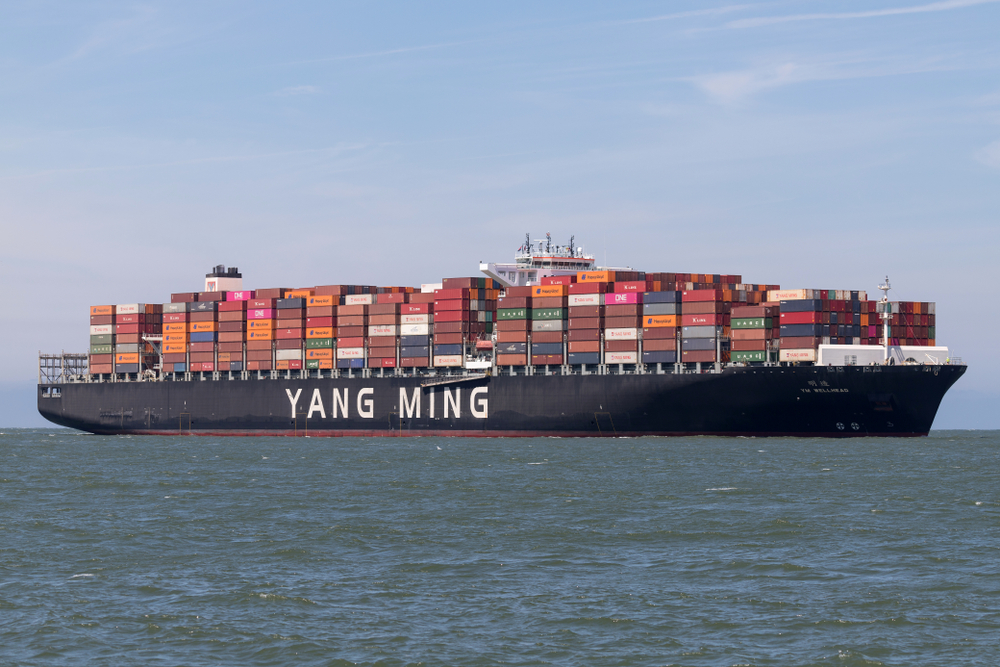
Technical failures in autonomous systems can lead to serious consequences, especially when a ship is far from shore. Human oversight is traditionally relied upon to correct these issues, but autonomous vessels would require sophisticated redundancy systems. Implementing backups for critical components increases both the complexity and the cost of the ship’s design. Without fail-safe measures, any technical breakdown could result in severe accidents at sea.
Compatibility with Existing Port Infrastructure

Ports are not currently equipped to handle fully autonomous ships, especially for loading and docking. Human workers are still essential for coordinating operations in ports. Upgrading infrastructure to support autonomous vessels would require major investments in technology and processes. This added expense and the disruption it could cause to port operations are significant obstacles to the adoption of autonomous fleets.
Ethical Concerns Over AI Decision-Making
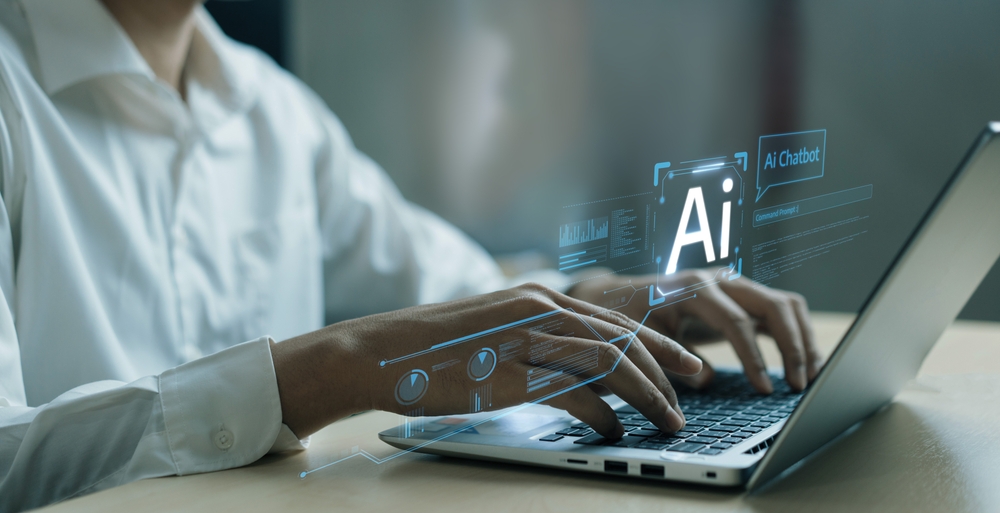
Autonomous ships rely on AI systems to make critical decisions, some of which could involve life-or-death situations. For example, an AI may need to decide between protecting cargo and avoiding harm to the environment or marine life. These ethical dilemmas pose significant challenges to the development of fully autonomous ships. Public trust may be hard to win if AI is given such consequential decision-making power.
Complexities of Global Trade Routes
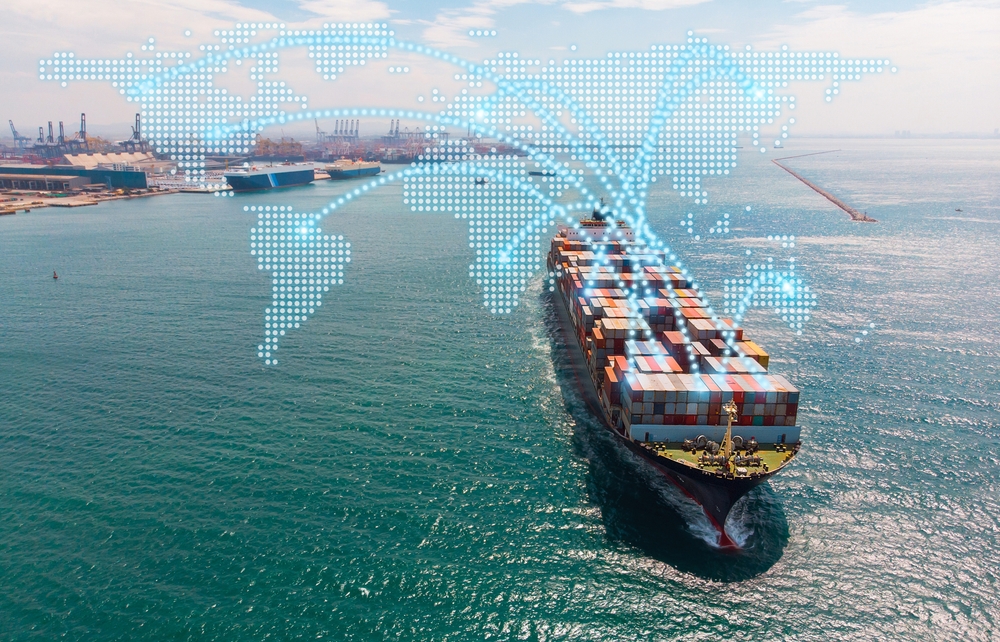
Global trade routes are highly complex, requiring ships to navigate congested areas, restricted waters, and varying legal jurisdictions. Human crews use their expertise to make adjustments in real time, based on factors such as weather, traffic, and port conditions. Programming AI to handle these variables presents a considerable challenge. Any mistake in navigating these trade routes could result in costly delays or legal repercussions.
Legal Challenges in International Waters
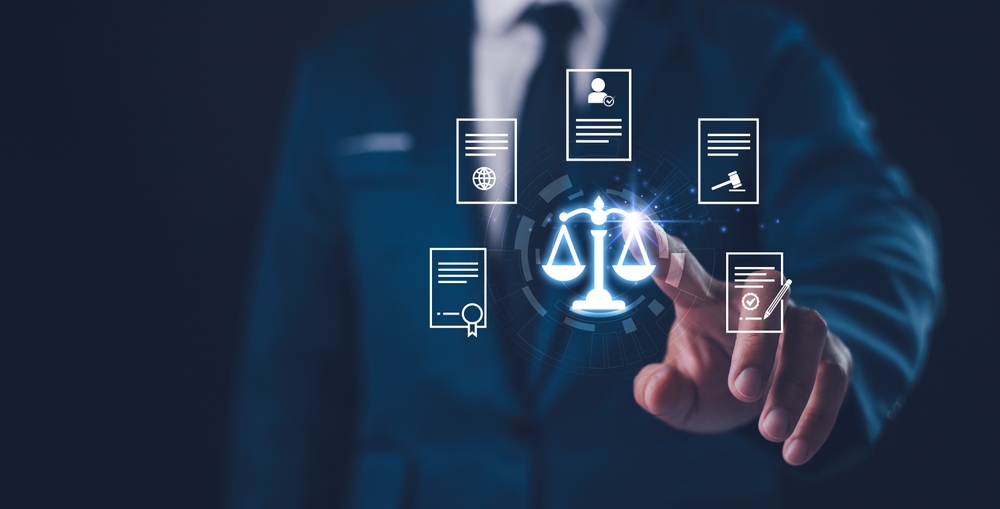
Autonomous vessels must navigate international waters where legal regulations can be ambiguous. Different countries impose their own laws, and navigating through these jurisdictions may create legal uncertainties. Additionally, existing maritime law doesn’t account for autonomous operations, as it’s built on the premise of human captains. Redefining these laws is crucial, but it will take time and international cooperation to establish.
Resistance from Traditional Shipping Companies

Traditional shipping companies may be reluctant to adopt autonomous technology due to concerns over safety, cost, and reliability. Many prefer to stick with proven technologies that have long ensured smooth operations. Convincing these companies to invest in automation will require solid proof of its advantages and reliability. Until there’s more widespread trust in autonomous technology, many may opt to stay with human-operated ships.
Harsh Weather and Ocean Conditions

Maritime environments can be incredibly harsh, with storms, high winds, and large waves presenting significant challenges. Human crews have the ability to adjust routes or speeds based on real-time weather conditions. Autonomous systems, however, may struggle to adapt in the same way, especially in sudden or severe weather events. Until AI can reliably handle these extreme conditions, full autonomy may remain out of reach.
Integration with Human-Manned Vessels
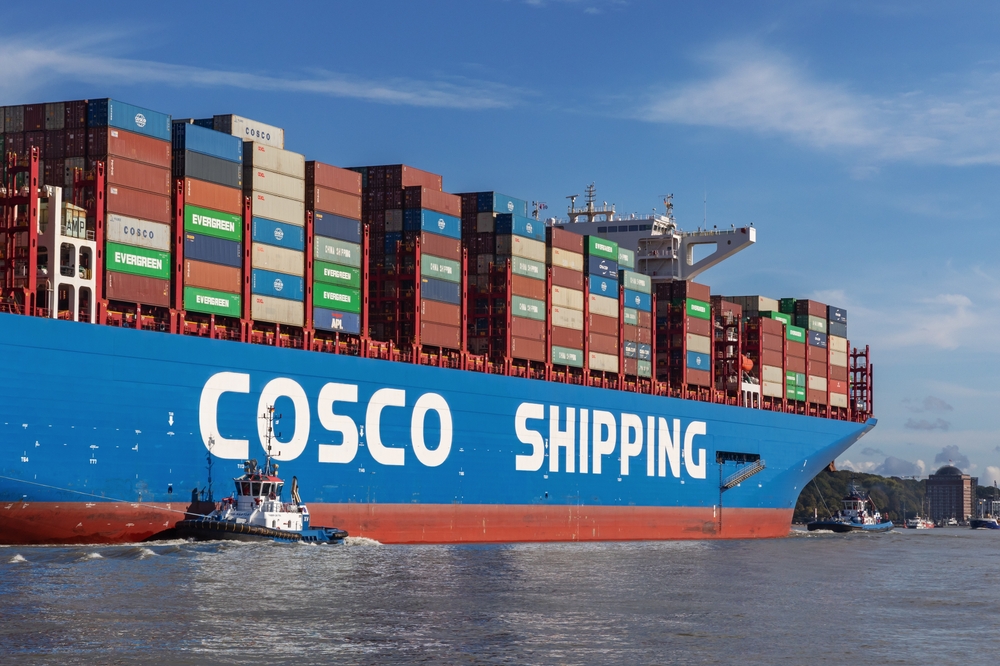
Fully autonomous ships must be able to operate alongside human-crewed vessels, which will likely remain in service for decades. Ensuring seamless integration between manned and autonomous ships requires sophisticated communication and coordination systems. These systems must be able to interpret and respond to human actions in real-time. The challenge lies in creating technology that enables smooth collaboration between both types of vessels.
This article originally appeared in MyCarMakesNoise.
More from MyCarMakesNoise
20 Family Cars That Combine Value and Affordability
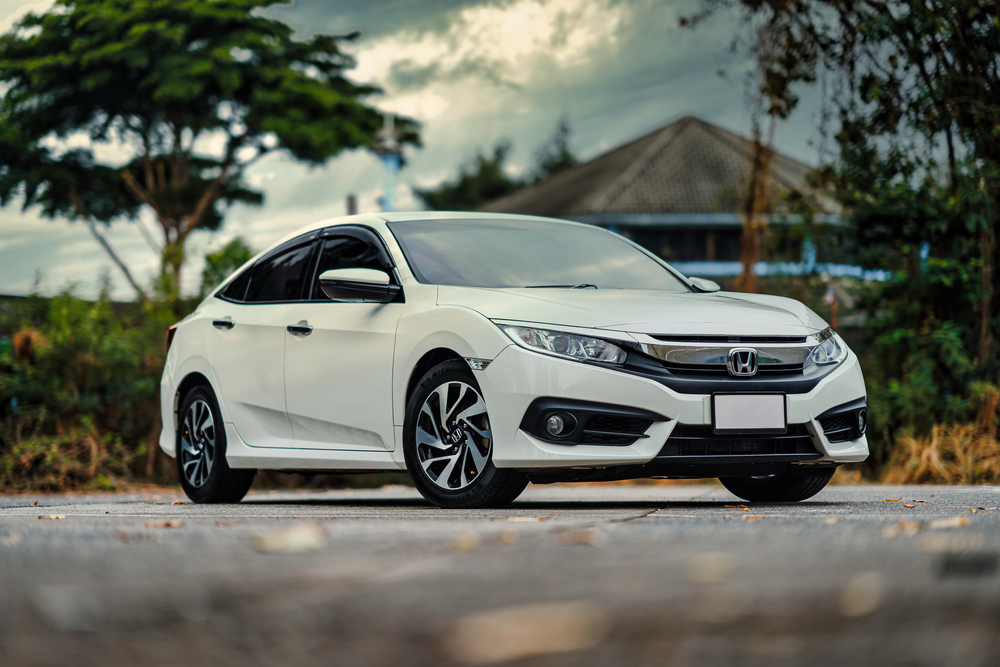
Finding the right family car on a tight budget can be challenging, but there are practical and affordable options available. These cars offer reliability, space, and comfort without breaking the bank. Read More.
20 Cars That Don’t Deliver Good Value for the Middle-Class Buyers

When choosing a car, it’s important to consider the long-term costs and practicality. Some vehicles, despite their appeal, can be expensive to maintain and own. Read More.
Toyota’s Top 20 Reliable Cars That Stand the Test of Time

When it comes to reliability and durability, some things are built to stand the test of time. Whether it’s a well-crafted product, a lasting relationship, or a trusted brand, true quality endures. Read More.














